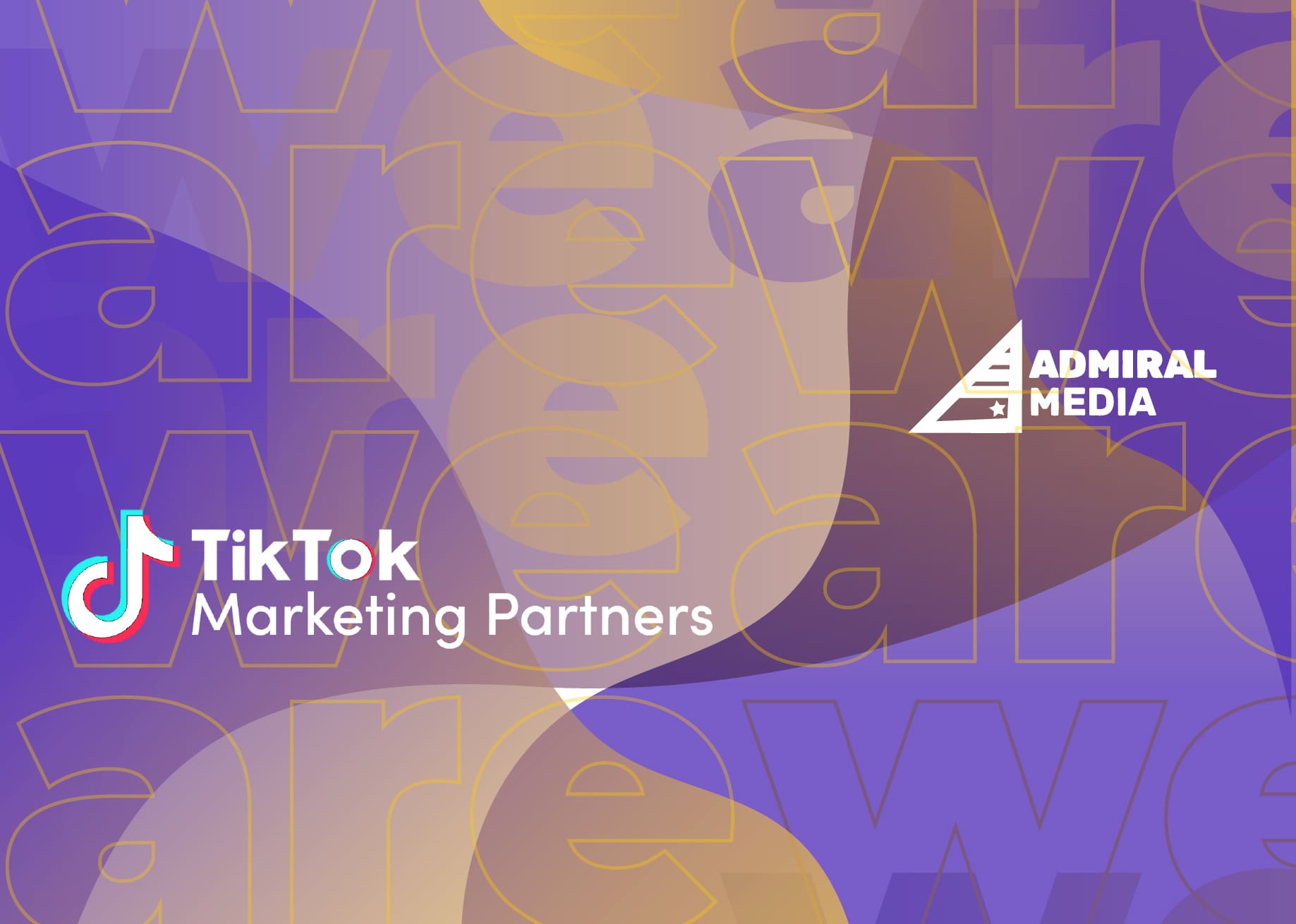Subscription business models are commonplace nowadays. Let’s break down what a subscription business model is, how it operates, and the advantages it offers in this piece. Afterwards, we’ll provide a short selection of subscription models from which you might draw ideas for your own company. Customers subscribe to your company and pay a periodic charge (often weekly, monthly, or annually) for access to your product or service. After a specific amount of time has passed, a customer will be given the option to renew their membership. Using this strategy, you may convert your existing client base into a reliable revenue stream.
Table of Contents
What is the subscription-based business model?
In the subscription business model, consumers incur ongoing costs for a particular service or item. They can decide how often and for how long they want to get offers, and they can usually renew their memberships or cancel them whenever they want. A subscription is essentially a legally binding agreement between you and the subscriber. If the consumer keeps making regular payments, the company will keep delivering the promised goods or services. A customer’s subscription may be renewed or terminated when their current agreement expires. Using subscriptions as a source of income is advantageous for both the business and the client. If you’re a customer, you may save time and effort by setting up recurring orders for products or services you’re likely to need soon. When a company successfully retains clients, it doesn’t have to work hard to win back lapsed buyers for future purchases.
What is the market of a subscription-based business model?
The market for subscription apps has multiplied in the past few years. Between January 2021 and March 2022, 6 billion apps are expected to be installed. In 2021, the top 100 subscription apps generated $18.3 billion globally. Users in the United States spent $6 billion in 2021 on subscription applications, with the App Store accounting for $3.5 billion and Google Play for $2.5 billion. On average, customers should expect to pay $33 monthly to access their favorite apps. The average savings for monthly or yearly app subscriptions is 49%. Only 22% of all app downloads were free, although that number increased significantly for photography and health & fitness apps. The average non-gaming subscription app income is 82% derived from subscriptions. The average renewal rate after the first month is 56% for monthly plans. While mobile app sales and downloads are massive, just 5% of applications rely on a subscription-based income model. Several types of services, each with its own set of benefits, have found their way into the subscription model as it has developed. Now is the time to talk about a few of them.
Online Availability
Subscription models for digital access are being used by primary media sources, internet enterprises, and even traditional shops. The key feature of these models is the use of paywalls to restrict access to premium content assets until a user has paid for them. Figure 1: Photo by Austin Distel on Unsplash Businesses widely use digital access methods in business-to-consumer and business-to-business sectors. Many organizations use free or low-cost materials to attract readers and instill a fear of missing out (FOMO). In addition to bringing in steady, ad-free money, this tool is excellent for bringing in new readers and further into the marketing funnel.
- Different brands use different digital access control solutions (also known as paywalls) to achieve their audience engagement goals.
- The use of strict paywalls that only let people see a teaser before giving them full access.
- Subscription management systems only let you read so many articles for free each month.
- Premium content costs money to view but is limited by category or topic.
Subscriptions to digital content are an excellent way for companies to monetize their content and diversify their income streams. Internet businesses need to be able to offer customers long-term value, and getting people to sign up for ongoing content is a great way to do that.
Memberships
Membership models are next on our schedule. Customers use these services repeatedly by buying one of many plans (Silver, Gold, etc.). In exchange, they get goods and services that get more and more expensive. This is another model recognizable to the ordinary B2C customer. Just think about how much Netflix and Hulu have influenced the future of online video. Many streaming providers provide customers with their preferred media with various advertisements, replacing cable TV. While business-to-business memberships may not be as game-changing as consumer ones, they are still excellent ways to bring in regular cash flow while providing members exclusive benefits. Managed service companies, such as IT suppliers, often use this tactic. Basic troubleshooting, helpdesk services, and phone assistance may be all that is included with a silver package. However, a gold plan can provide comprehensive IT protection across all available avenues, such as remote and prioritized onsite assistance. Businesses should evaluate their products and consider how they can provide those services in a tiered membership structure. It’s an excellent way to strengthen customer relationships and persuade users to sign up for more expensive plans. A further advantage of this subscription model is the increased information available to users. Long-term memberships allow businesses to get valuable insight into their customers’ purchasing behavior and plan.
Constant Supply
In the business-to-consumer sector, recurring delivery options have been standard fare for decades. But recently, this trend has spread to the B2B market, where many companies now offer their products on a subscription basis. An easy concept to grasp. Your clients pay you repeatedly to ship them your wares. Unlike in the B2C sector, where stalwarts like Hello Fresh and Dollar Shave Club rule, B2B transactions often include items or components that help firms better serve their clients.
Steps to boost subscription app business
Establish Your Objectives Promptly
Plan out your pricing strategy, results, and other objectives in advance. Planning for the future is crucial to preserving and growing your business, as your revenue is based on subscribers. And if you use the right strategy, you’ll find out what people want, which will let you create a profile of your ideal customer and set prices that meet their needs. To ensure projected income growth, monitor MRR, ARR, outflow indicators, and operational expenses. Because of this, you will have more chances to give your users and staff a more satisfying and consistent experience.
Improve the User Experience to Increase Acquisition.
Customers can’t be attracted, and revenue can’t rise without registration. Every platform, from social media to websites and applications, should make it dead easy. Subscriber numbers should increase because of this.
A Simple Billing Process
Problems with the billing system might result in social and financial fallout. Make sure it is easy to use, quick, and secure.
Grow a Solid Base of Clients
The person who downloads and uses your app is the foundation of your company. You can have the trendiest marketing, the lowest costs, and a one-of-a-kind product. However, it’s all for nothing if the end-user is unhappy. Therefore, carefully consider the terms and circumstances of your app’s membership, since you want each user to remain a subscriber for the foreseeable future.
How can Appic help subscription-based apps?
For developers that are looking to optimize their subscription-based product but lack the experience, time, or resources to do so: Appic is a new service that can help. Founded by industry veterans, Appic offers apps based on a subscription-based model to increase their app revenue and implement strategies to establish their business. They have mastered and process of taking an app and making it grow and can step in to help founders who have reached the point where all of that feels like a distraction, even a burden. Appic offers a clear exit strategy, on a timeframe that works for founders: immediate, or deferred. So, what are you waiting for? Check out the Appic website to get the most out of your subscription-based app business.





